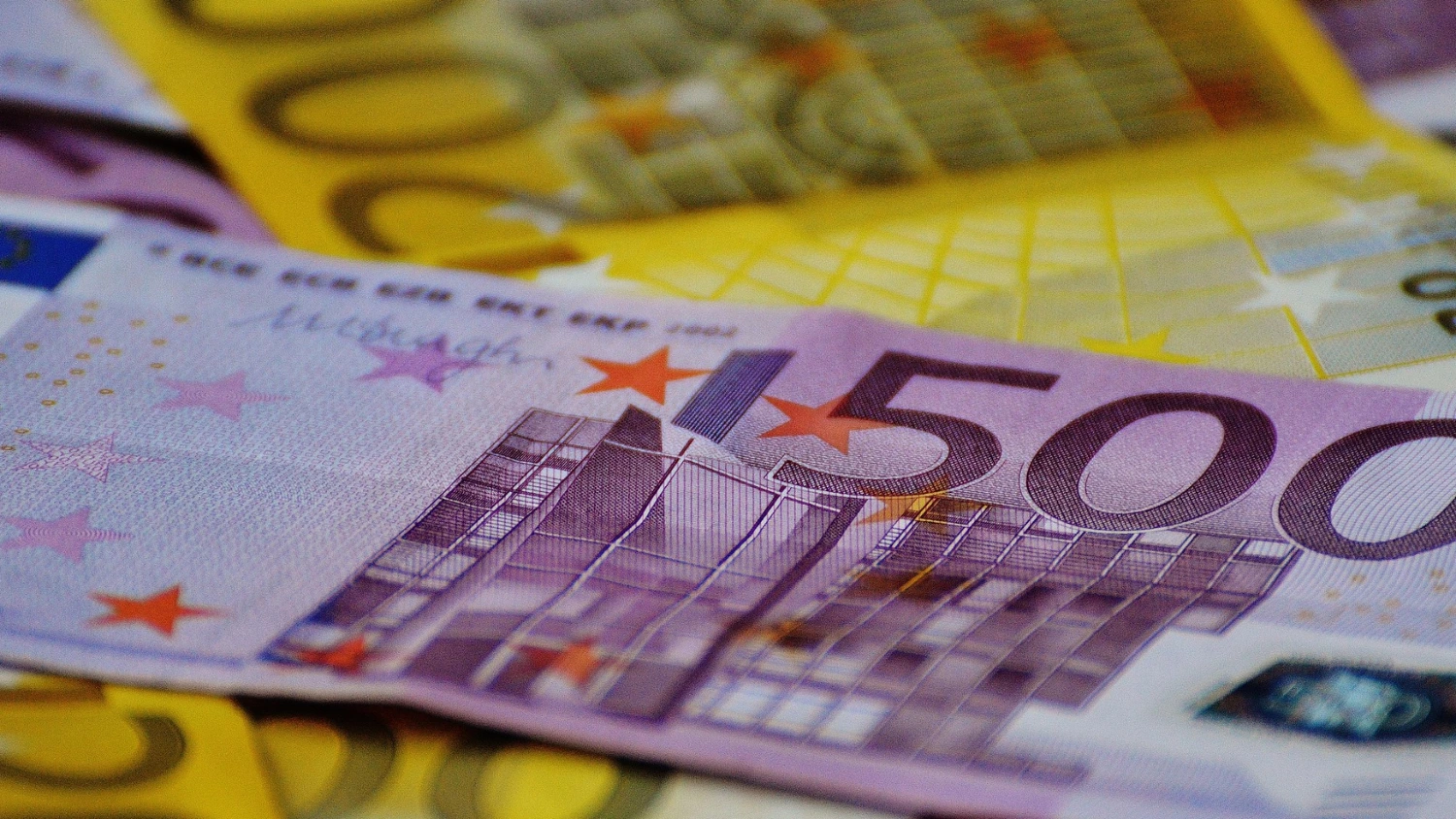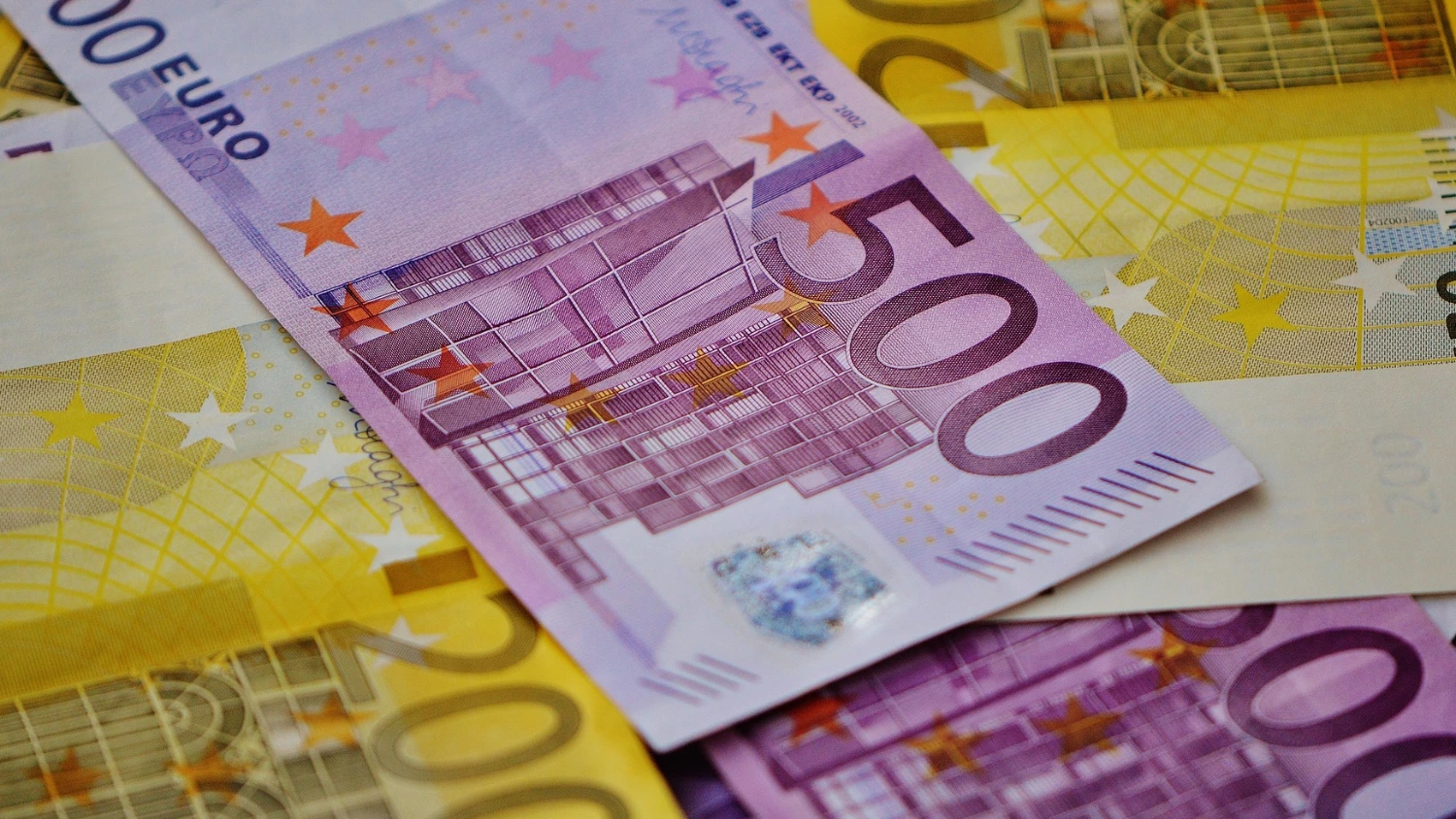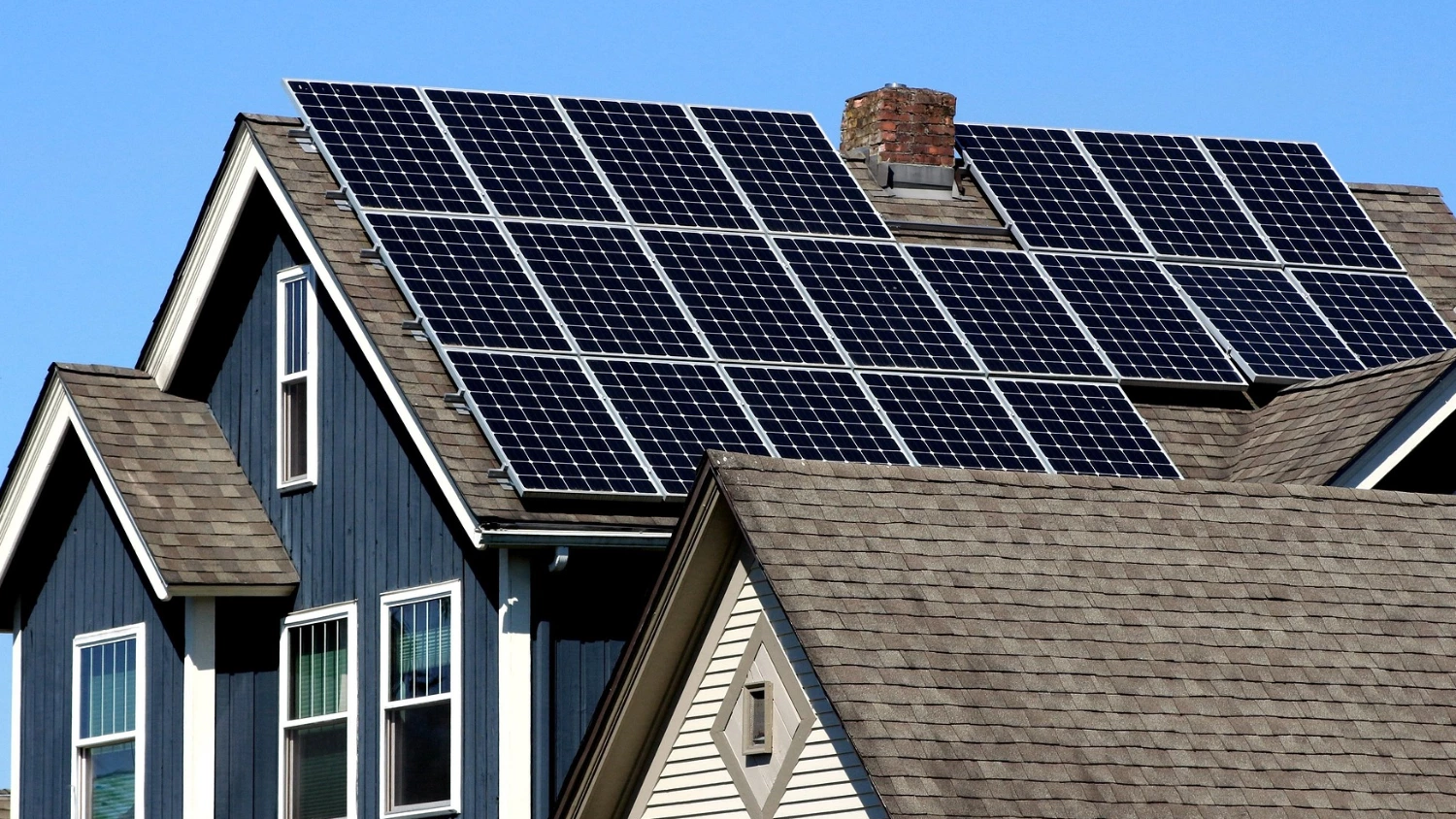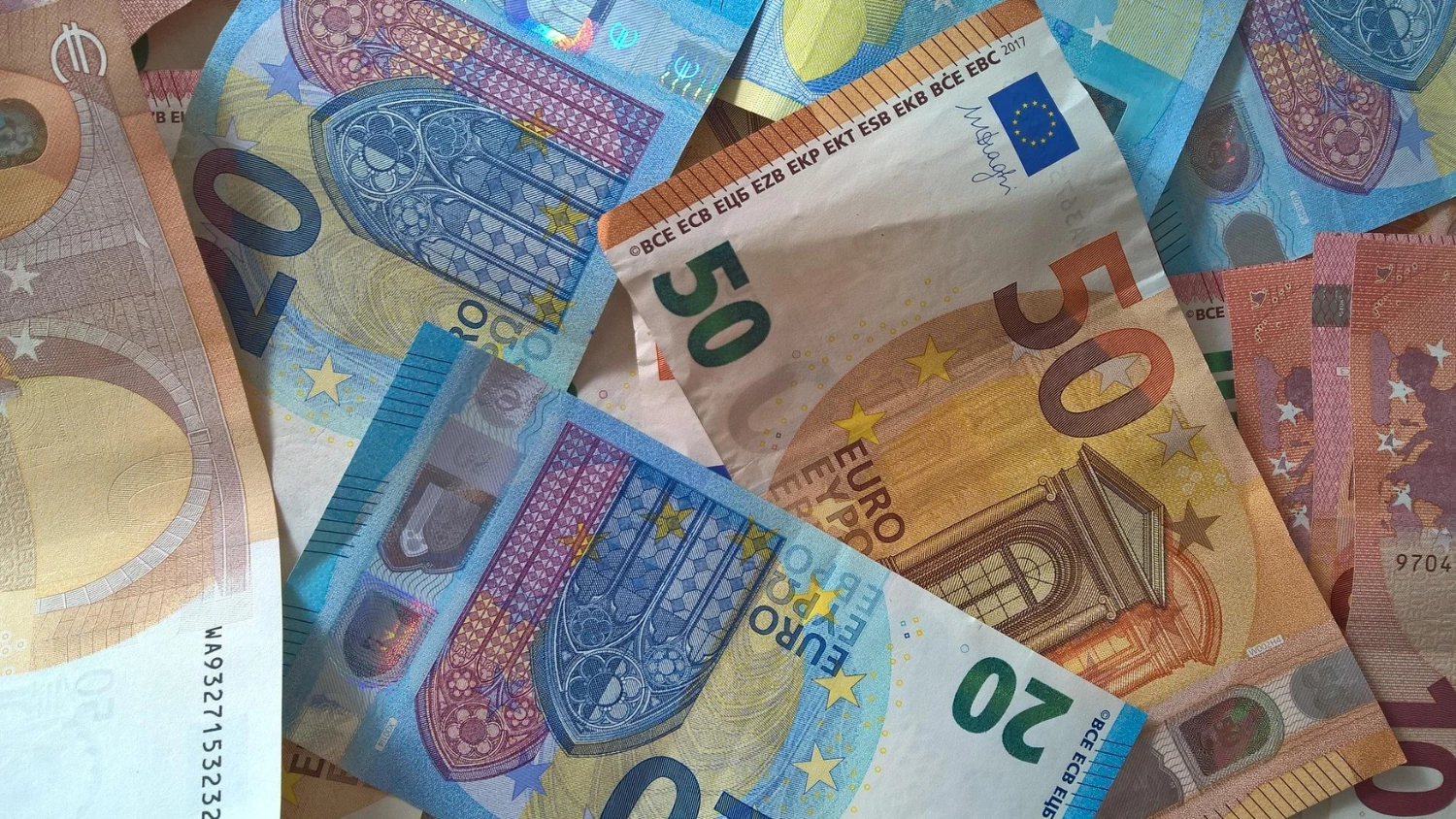The primary culprit for this slowdown is a combination of higher taxes, particularly VAT, which will cut into disposable incomes, and wage freezes alongside reduced bonuses for public sector employees.
This is expected to significantly dampen private consumption throughout the year. Furthermore, investments financed by national and local budgets are also anticipated to take a hit.
“In other words, the economy could flirt with stagnation in 2025, with risks of an outright mild recession if any additional shocks occur,” wrote economists at ING Bank Romania.
The current unemployment rate, around 5.5%, is projected to climb towards 6.0% as both private firms and the public sector retrench.
While the immediate future appears challenging, a mild recovery is anticipated in 2026, with an estimated GDP growth of 1.7%.
However, this rebound will be constrained due to the lagged impact of ongoing fiscal consolidation, including pension and wage freezes, higher dividend taxes, and increased property taxes coming into effect in 2026.
Inflation, which saw a period of disinflation between 2023 and 2024, is set for a near-term spike.
The removal of electricity price caps in July has already started boosting utility bills, and an August VAT hike, along with increased excises on fuel, alcohol, and tobacco, will further fuel price pressures.
This is expected to create an "inflation hump" over the next 6-9 months, with inflation potentially exceeding 8% between September and October. Despite this, the inflation spike is considered transitory, with a downward path expected to resume by late 2025 and into 2026.
The economists added that the key interest rate of 6.50% could be slashed starting with the Q2 2026, if disinflation is on track.
ING Bank Romania sees 100bp rate cuts until the end of the year, taking the key rate to 5.50% in late 2026.











